Tomoo Gokita, The Japanese Contemporary Art Icon Takes to Colour
In 2020, the exhibition ‘MOO’ at Taka Ishii gallery saw the artist present a new, more colourful, facet of his work.
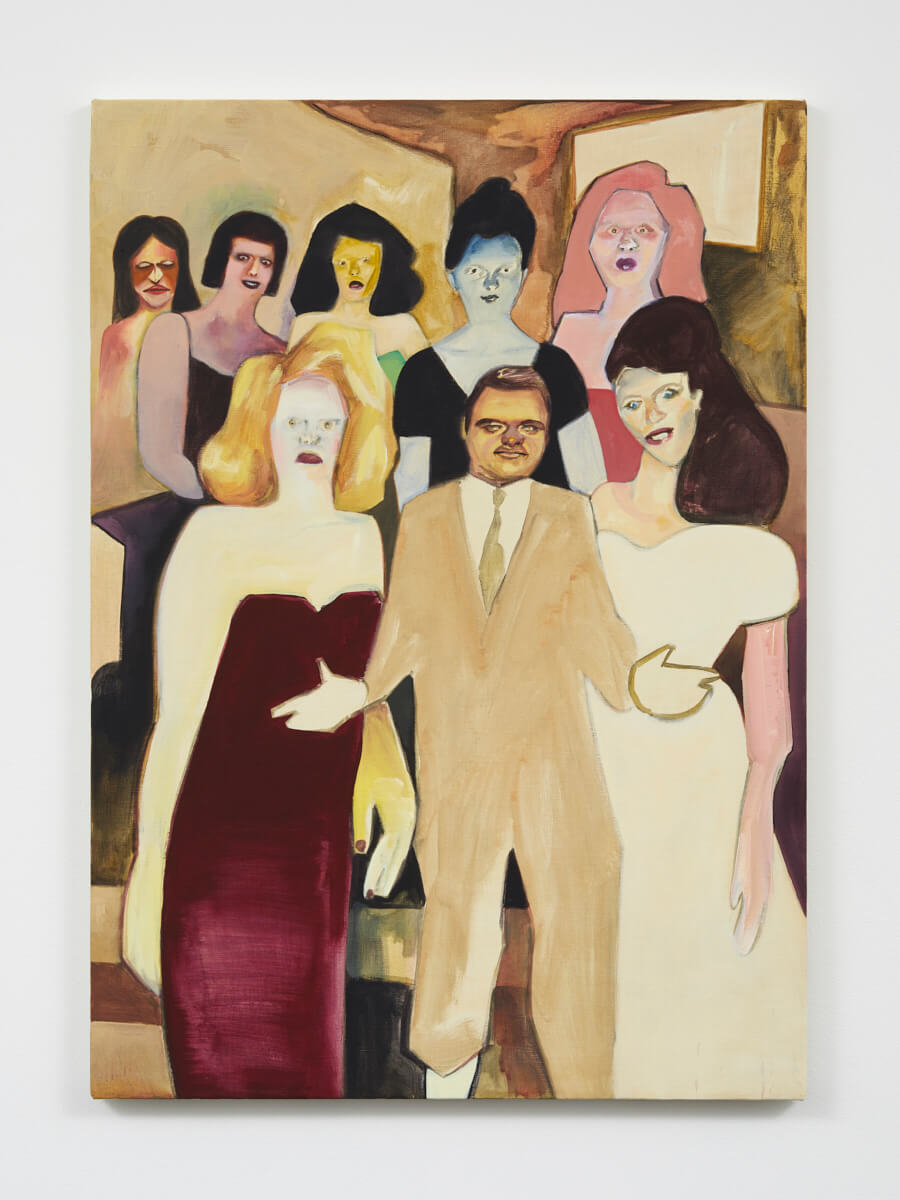
Tomoo Gokita, ‘New Latin Quater’ (2020) Courtesy of Taka Ishii Gallery
Alongside Takashi Murakami and MR., Tomoo Gokita has become one of Japan’s most iconic contemporary artists since his rise to fame in the 2000s. His gouache paintings in black and white feature portraits of erased faces that have become some of the most recognisable works on the international art market. In the summer of 2020, however, Tomoo Gokita revealed another side to his talent, producing colour works exhibited at the gallery Taka Ishii in Tokyo for the exhibition MOO.
Born in 1969 in Tokyo, Tomoo Gokita began his career as an illustrator, collaborating with the worlds of fashion and of music, notably inspired by the American subcultures of the 1960s and 1970s. In 2000 he published the book of drawings Lingerie Wrestling to great success. It was in 2005 that his signature paintings began to emerge in black and white. The art market quickly took hold of his works and at auction they were soon being sold for over a million dollars.
Tomoo Gokita rethinks his identity
His gouache and acrylic works drew on Western popular culture and marginal counter cultures, inspired by record sleeves, Playboy covers from the 1970s, postcards, classic film posters, manga, and gekiga (Japanese cartoons). The critic Roberta Smith wrote in the New York Times that the work of Tomoo Gokita provides ‘tonal range that makes black-and-white feel like living color.’
Tomoo Gokita has now abandoned this clear marker of his work and his former inspirations for more intimate paintings whose references are no longer to pop culture but instead to personal experience and form. According to the exhibition catalogue, his ‘paintings combine seemingly effortless expression and rich textures to suggest an evolutionary step in the artist’s oeuvre. The fruitful transformations that Gokita gracefully achieves by altering material and process also highlight the unwavering essence of his practice.’
The black-and-white works that made an icon of Tomoo Gokita can be found in institutional collections around the world: in the High Museum of Art, Atlanta; in the Marciano Art Foundation, Los Angeles; in the Oketa Collection, Japan; and in the X Museum in Beijing.
MOO (August 28th – September 26th 2020), an exhibition by Tomoo Gokita, took place at Taka Ishii Gallery.
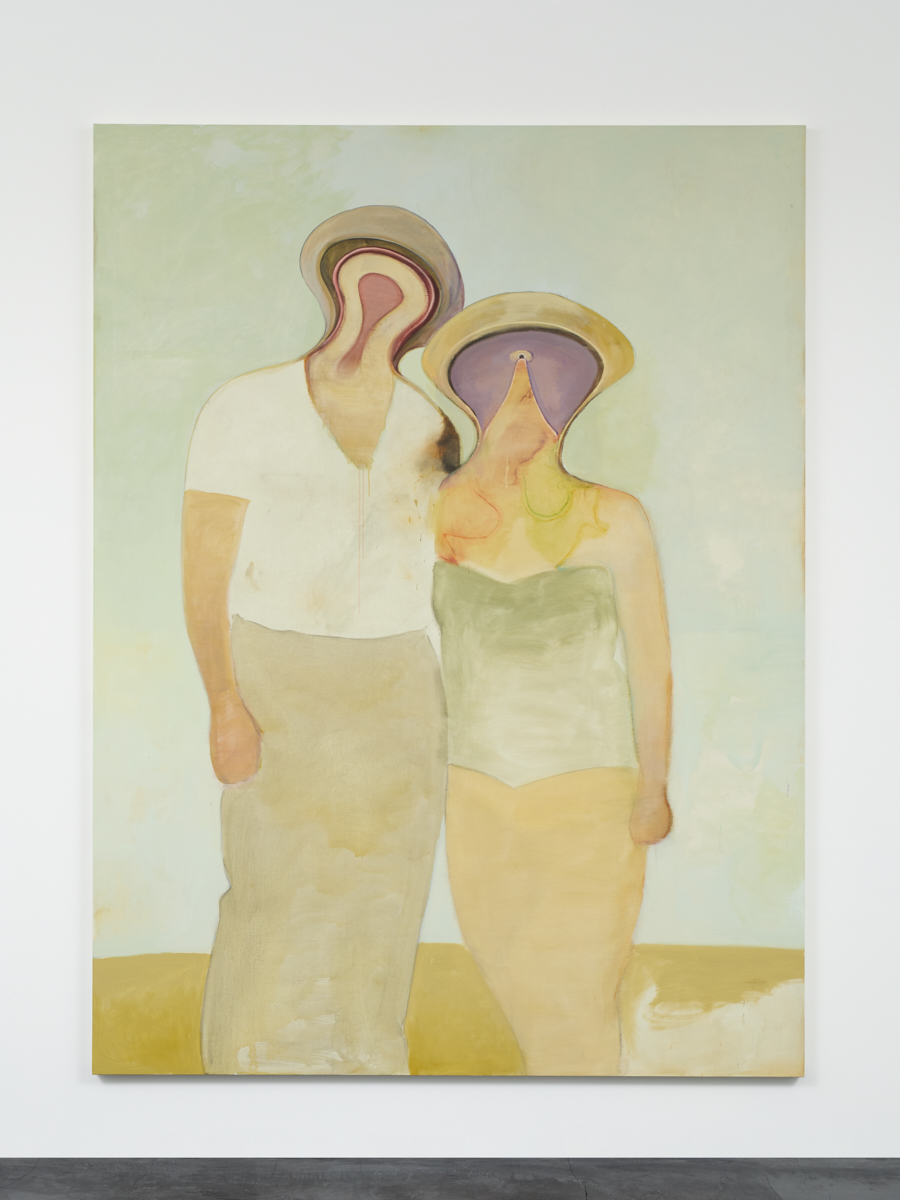
Tomoo Gokita, ‘Late Marriage’ (2020) Courtesy of Taka Ishii Gallery
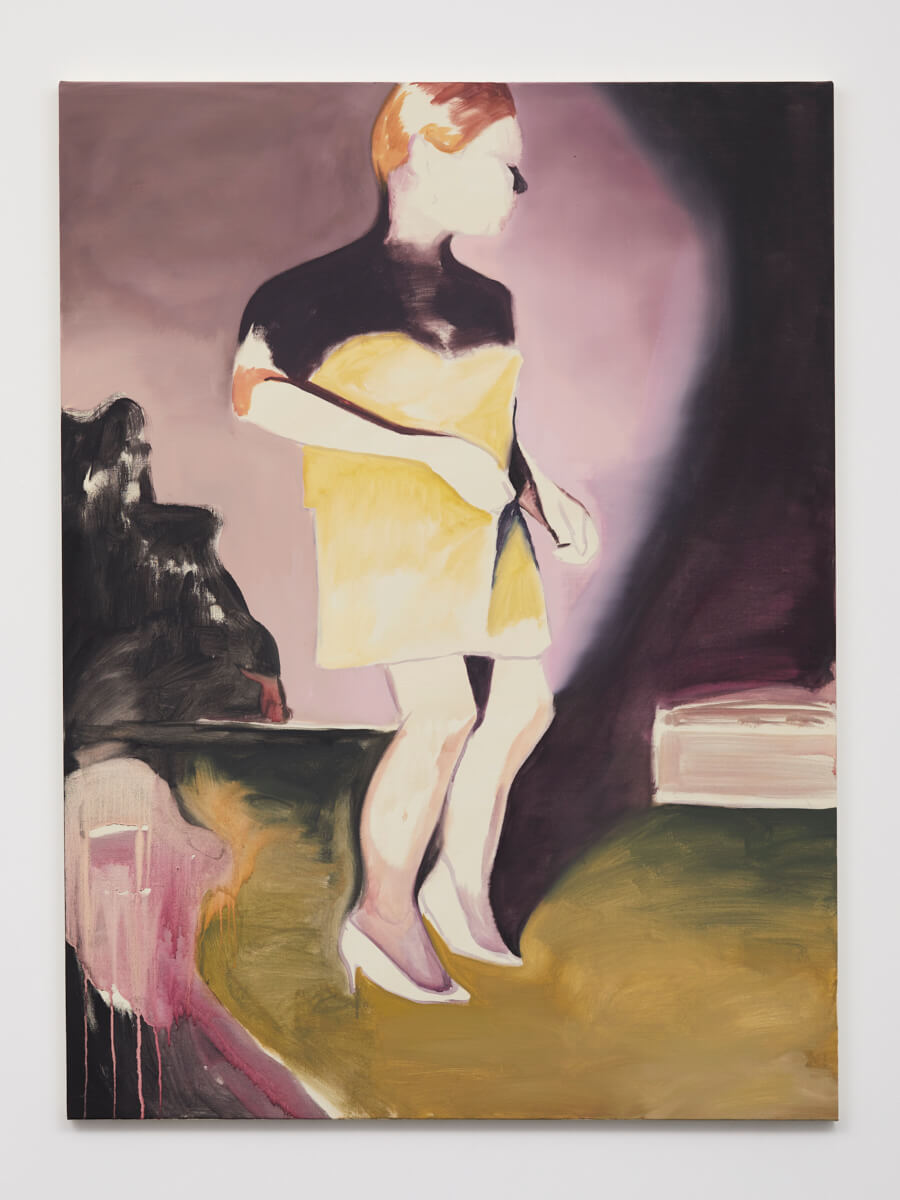
Tomoo Gokita, ‘Neue Tanz’ (2020) Courtesy of Taka Ishii Gallery

Tomoo Gokita, ‘Booker T.’ (2020) Courtesy of Taka Ishii Gallery

Tomoo Gokita — ‘MOO’ © Taka Ishii Gallery
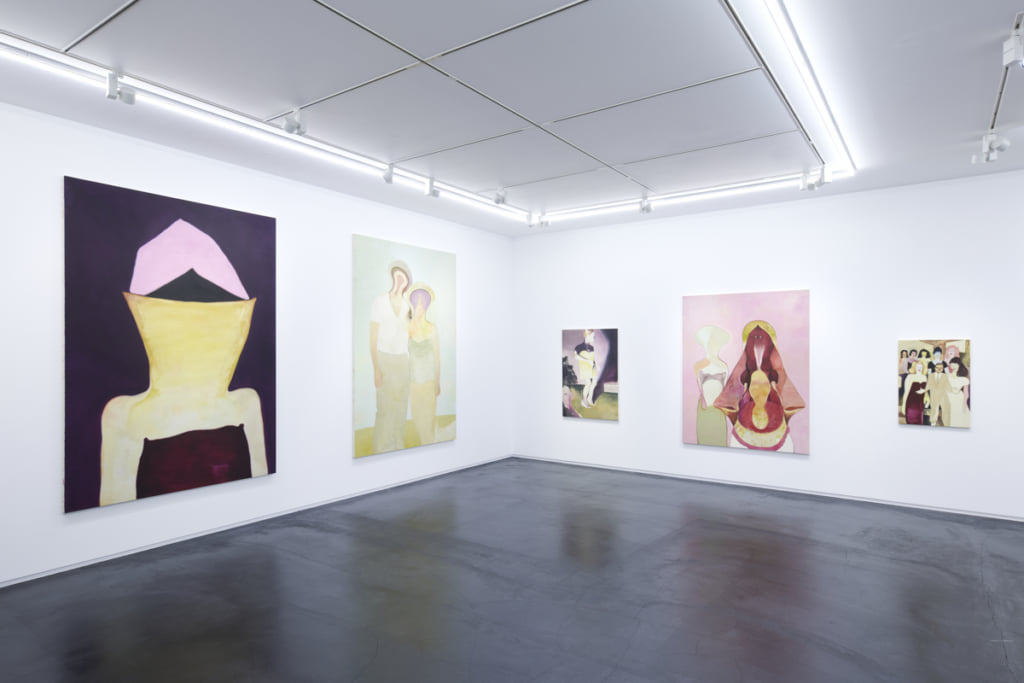
Tomoo Gokita — ‘MOO’ © Taka Ishii Gallery
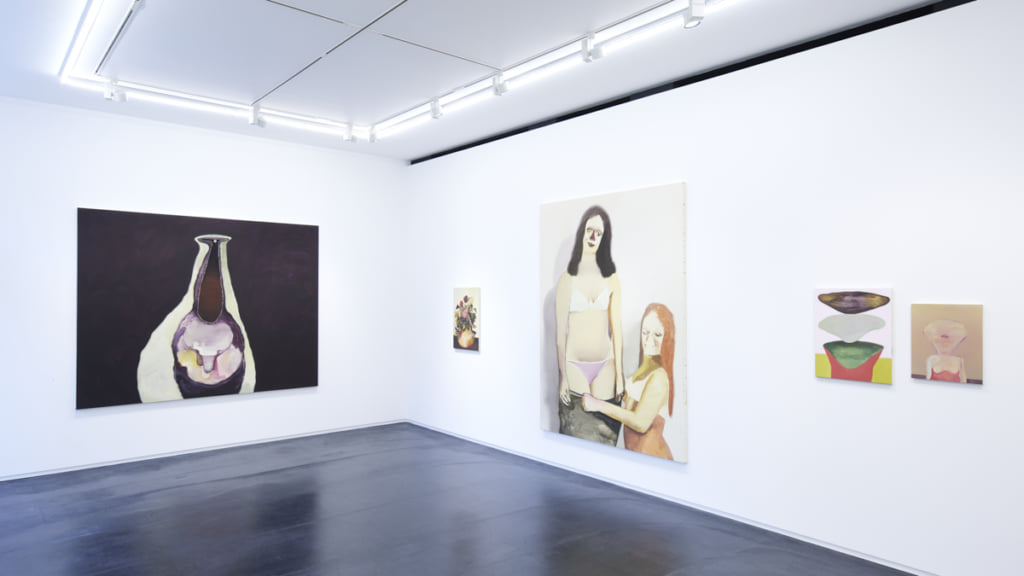
Tomoo Gokita — ‘MOO’ © Taka Ishii Gallery
TRENDING
-
A House from the Taisho Era Reveals Its Secrets
While visiting an abandoned building, Hamish Campbell discovered photographs the owner had taken of the place in the 1920s.

-
The Taboo-Breaking Erotica of Toshio Saeki
The master of the 1970s Japanese avant-garde reimagined his most iconic artworks for a limited box set with silkscreen artist Fumie Taniyama.

-
With Meisa Fujishiro, Tokyo's Nudes Stand Tall
In the series 'Sketches of Tokyo', the photographer revisits the genre by bringing it face to face with the capital's architecture.

-
Masahisa Fukase's Family Portraits
In his series ‘Family’, the photographer compiles surprising photos in which he questions death, the inescapable.

-
Hajime Sorayama's Futuristic Eroticism
The illustrator is the pioneer for a form of hyperrealism that combines sensuality and technology and depicts sexualised robots.





